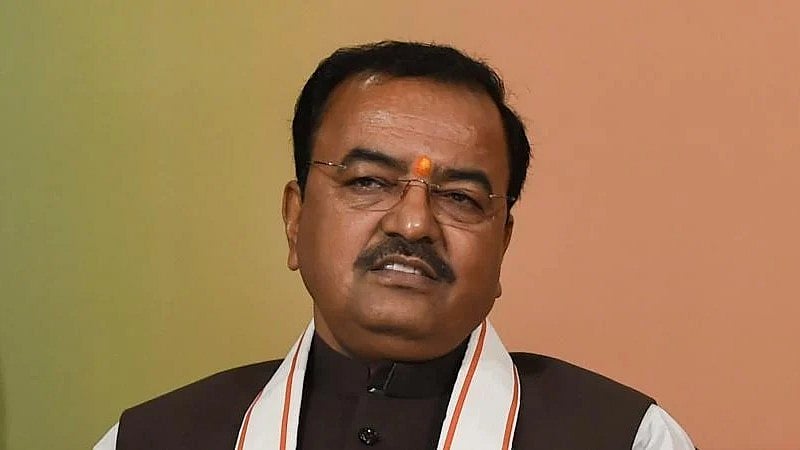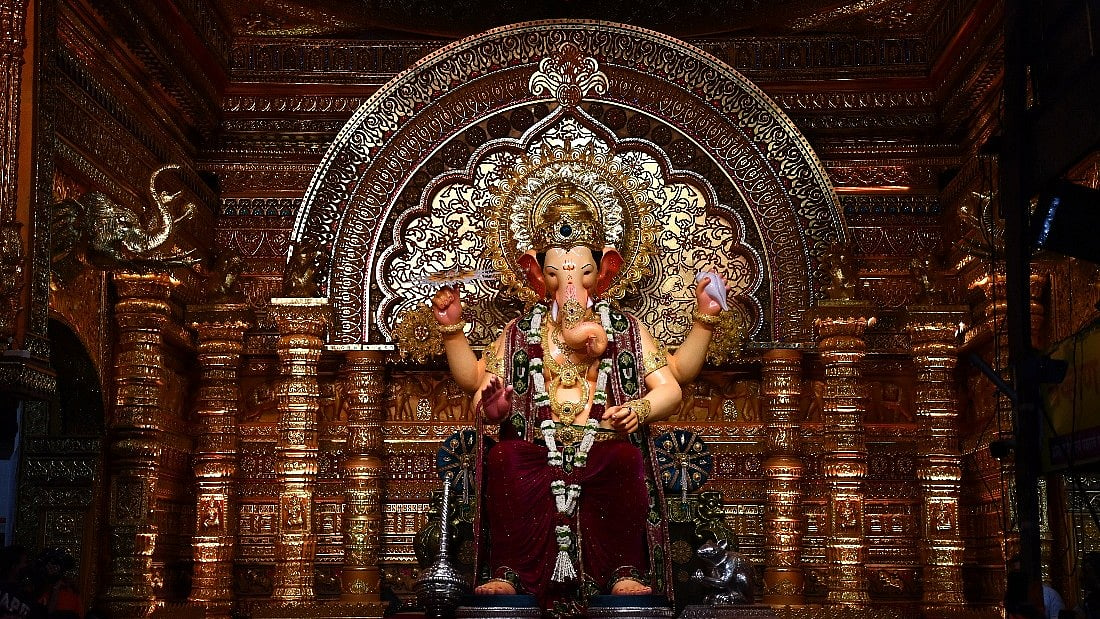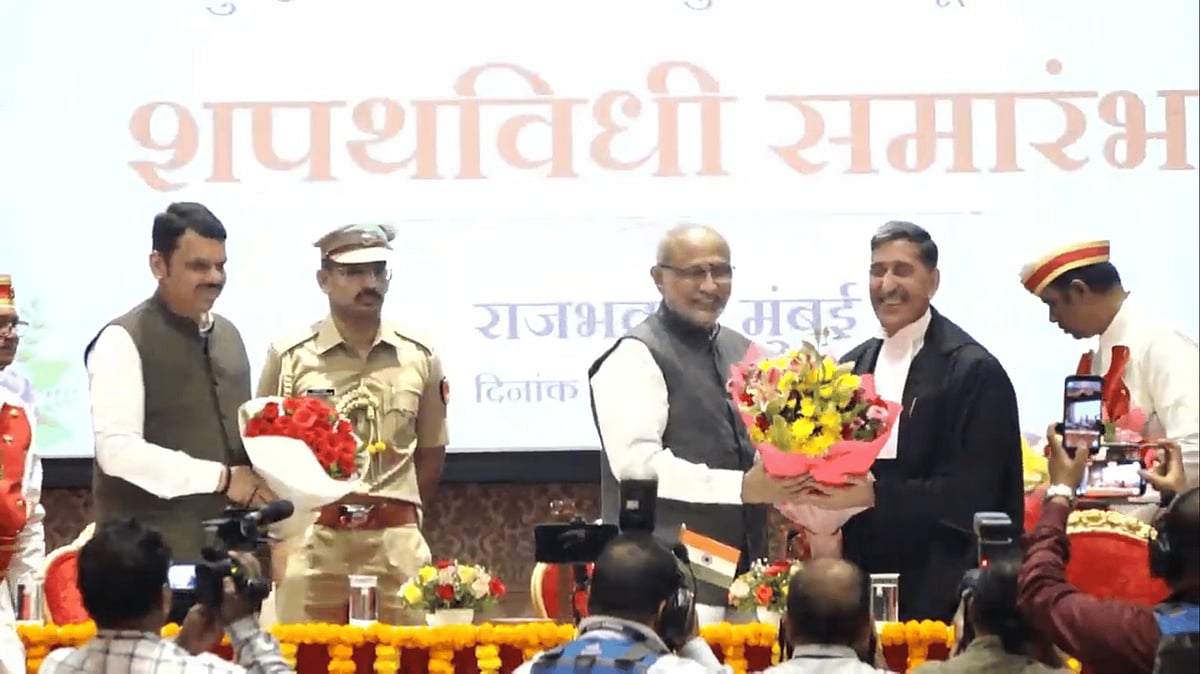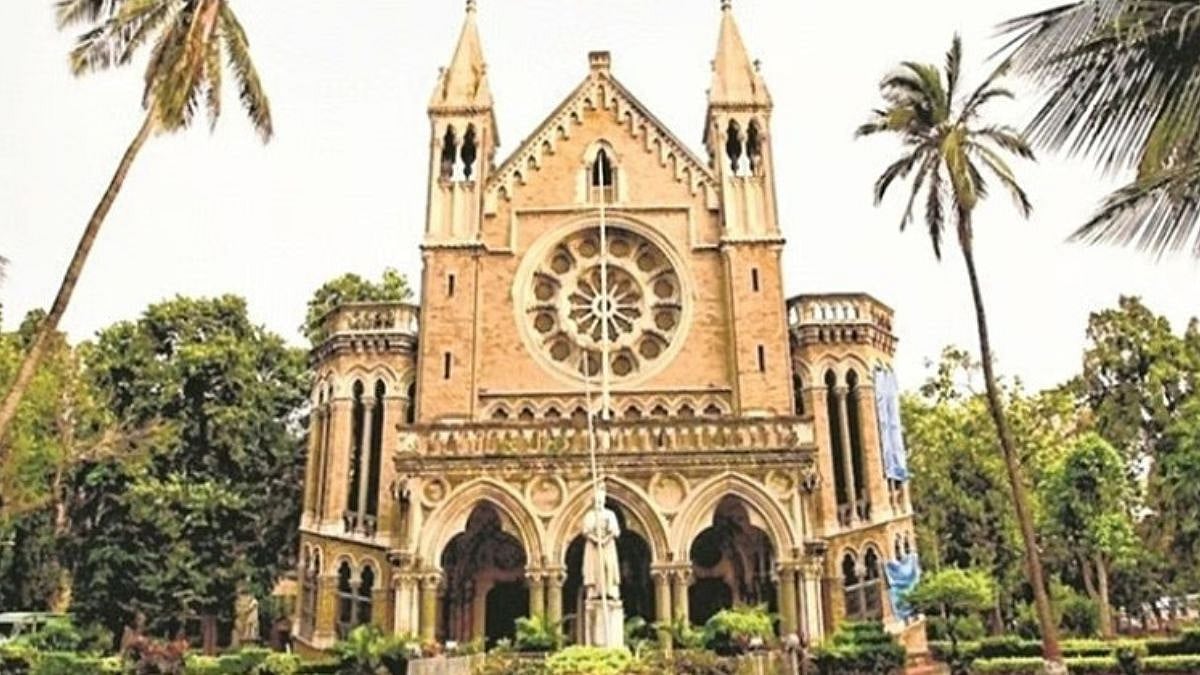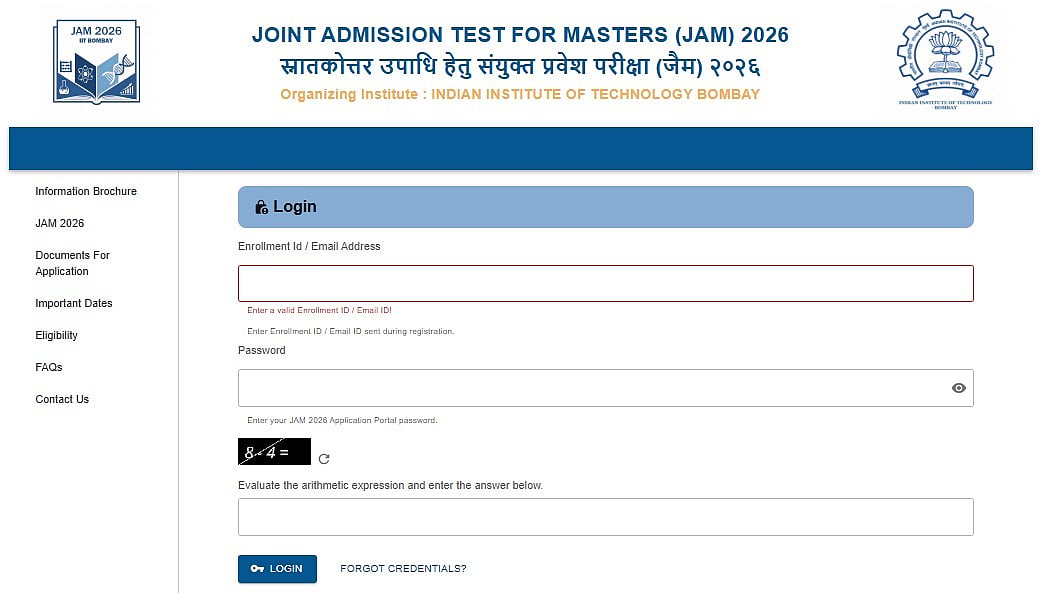Mumbai: For the first time in more than a decade, the government's annual spending on education has seen a dip, instead of its usual incremental growth, the Economic Survey 2023 report shows.
According to the report, which was tabled ahead of Union Budget 2023 by Finance Minister Nirmala Sitharaman in Parliament on Tuesday, the combined spending of the centre and state governments in the education sector dipped from Rs. 5.8 lakh crore in the financial year 2019-20 to 5.76 lakh crore in 2020-21. This figure had been steadily increasing at least since 2008-09 in keeping with the yearly rise in overall budget expenditure, data from past Economic Surveys shows. While the revised estimate for fiscal 2021-22 and the budget estimates for 2022-23 show a surge in education outlay at Rs. 68.14 lakh crore and Rs. 75.17 lakh crore, respectively, the actual expenditure figures are yet to be revealed.
The sector accounted for only 9.1% of the total expenditure in 2020-21 and is estimated to stay at the same level in 2021-22. This is a drastic drop compared to previous years since when the share of educational expenditure hovered between 10% and 11%. As the percentage of Gross Domestic Product (GDP), educational spending is stuck at 2.9% and is expected to remain there in subsequent years.
According to Dr. Anand B, Assistant Professor, Narsee Monjee Institute of Management Studies, the major reason for the drop is higher allocations for the health sector post-Covid-19, which increased from the pre-pandemic level of 20% of all social sector spending to 25.7% in 2022-23 (Budget Estimate). "Although the higher allocation for health is a welcome change, the importance of the education sector should not be undermined. The ideal solution to correct this imbalance is to step up the overall expenditure on social services. Moreover, the central government should channelise more funds to cash-constrained states via Samgra Shiksha Abhiyan by altering the current ratio of 60:40 to 80:20," he said.
The revelation comes at a time when educationists and social activists are demanding more funds for the education sector, in the wake of learning losses caused due to the closure of schools and colleges during Covid-19 pandemic. The recent Annual Status of Education Report (ASER) 2022, published by Mumbai-based Pratham Foundation, shows that the basic reading ability of school students across all classes has dropped to pre-2012 levels while basic maths skills have declined to 2018 level.
"As the pandemic has forced many students to move from private to government-run schools, the government should have increased the educational expenditure. The government schools are already facing a paucity of teachers and are utterly in need of basic infrastructure like sanitation facilities and toilets," said Javed Alam Khan, a researcher at the Centre for Budget and Governance Accountability (CBGA).
Experts believe that the education allocation severely falls short of the National Education Policy's (NEP) goal of elevating public investment in education to 6% of GDP. Prof. Taral Pathak, Assistant Professor, Business Management Area, MICA Ahmedabad, said, "The education expenditure was 2.8% of GDP in 2015-16 and seems to have stagnated at that since the last three years at 2.9%. This is disappointing considering the big shift that the government wants to bring in along with NEP. Covid seems to have impacted the overall allocation to social services. We can see an increase from 1.3% of GDP in the year 2015-16 to 2.1% of GDP towards health. Presumably, this is because of COVID and the National Health Policy (2017), but there's no perceivable change in education expenditure due to the pandemic."

